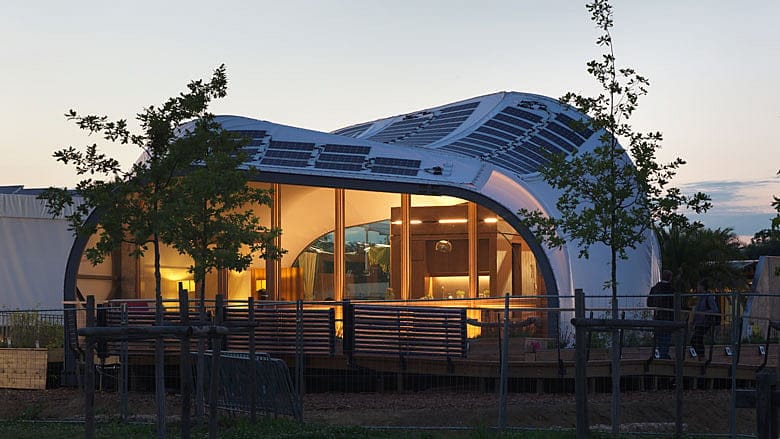Biophysicist creates award-winning sustainable housing

Until recently, biophysicist Derek Stein's research focused on nanostructures and biological molecules, the fundamental building blocks of life. But a few years ago, Stein decided to turn his building skills toward something more concrete – literally. The result was the environmentally-friendly "Techstyle Haus," an award-winning joint project between Brown University, the Rhode Island School of Design, and the Erfurt University of Technology in Germany.

